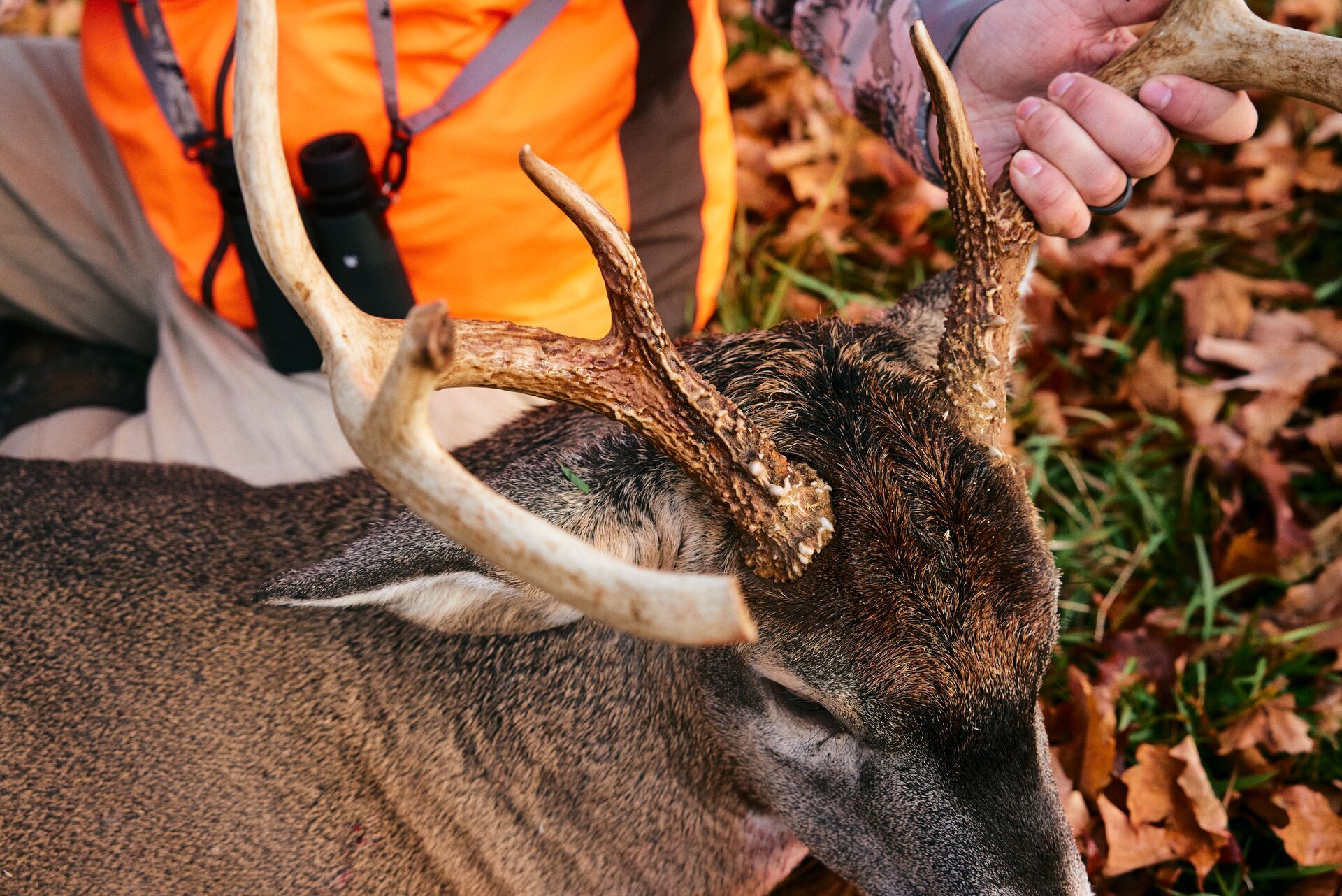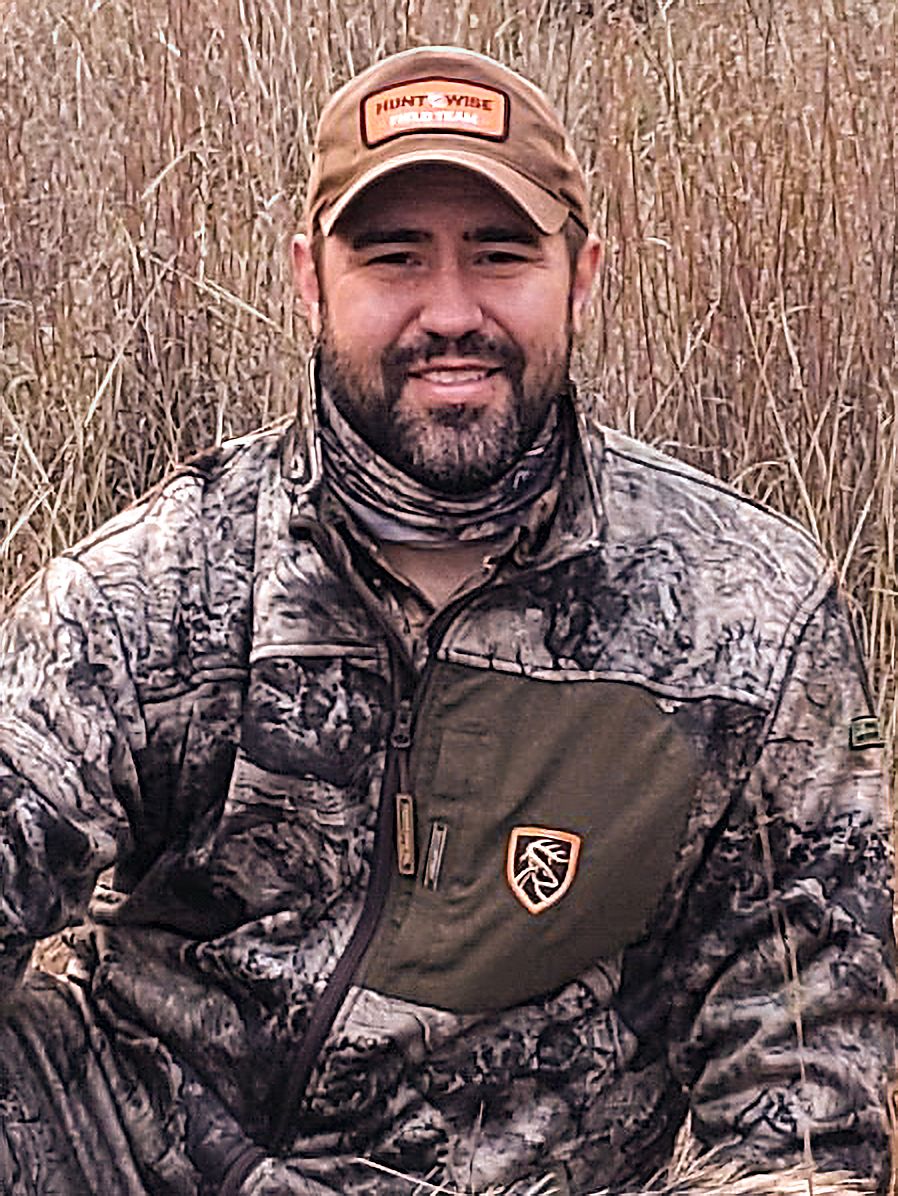From choosing the best tree stand location for the day using HuntWise to preparing wild game in the kitchen, every step of the process gives me a closer connection to the food I feed my family and where it comes from.
Do you know your deer anatomy? As we look ahead to deer season (with our mouths watering thinking about the meat we'll bring home), let's take a look at the different venison cuts and how to use them after a successful hunt.
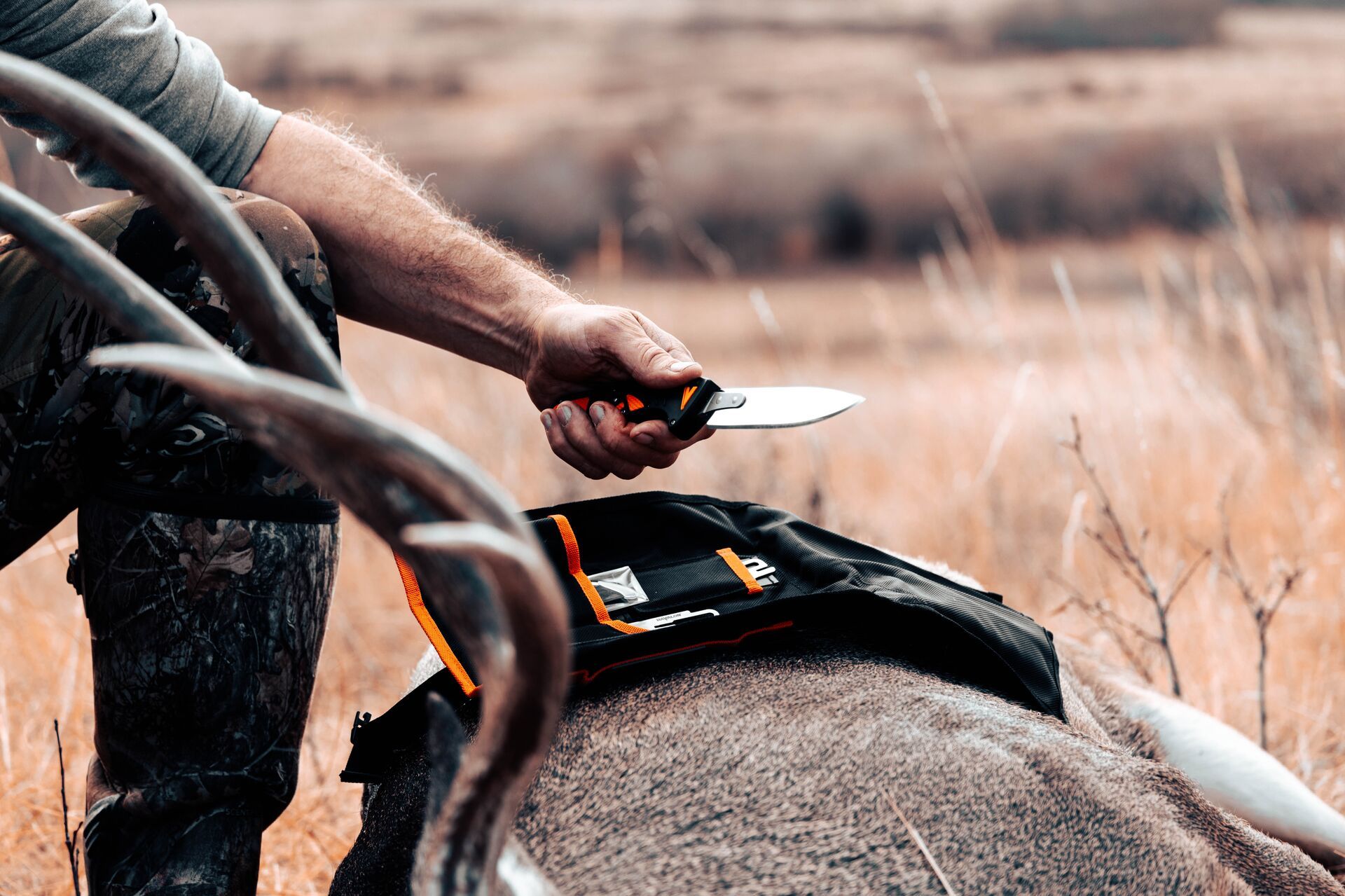
Hunters Must Be Prepared to Bring Home the Meat
First, let's touch on a few things before we dive in. You should plan for every hunt to be a successful hunt, so it's important to be prepared to dress a deer in the field.
Meat can spoil by its own body heat faster than you would think, so cooling the animal down quickly after harvest is vital. So, it's crucial to field dress your game as soon as possible to allow the body cavity to release any trapped residual heat.
If the weather stays below 40 degrees outside (or below the temperature at which bacteria start to grow), I like to keep the deer hanging for a day or two to allow the carcass to come out of rigor mortis and loosen up a bit. If not, I get the primal cuts on ice as fast as possible to cool them down and prevent any spoilage.
If you do plan to keep the meat in an ice chest, make sure you leave a drain plug open to allow any melt water to drain. Appearance plays a large part in how appetizing a meal can be, and water-soaked meat can lose its bright red color and start to look unappealing.
To keep your hard-earned meat in its best condition in the freezer, I recommend investing in a quality vacuum sealer. These devices help prevent freezer burn and allow you to portion what you need for any size meal.
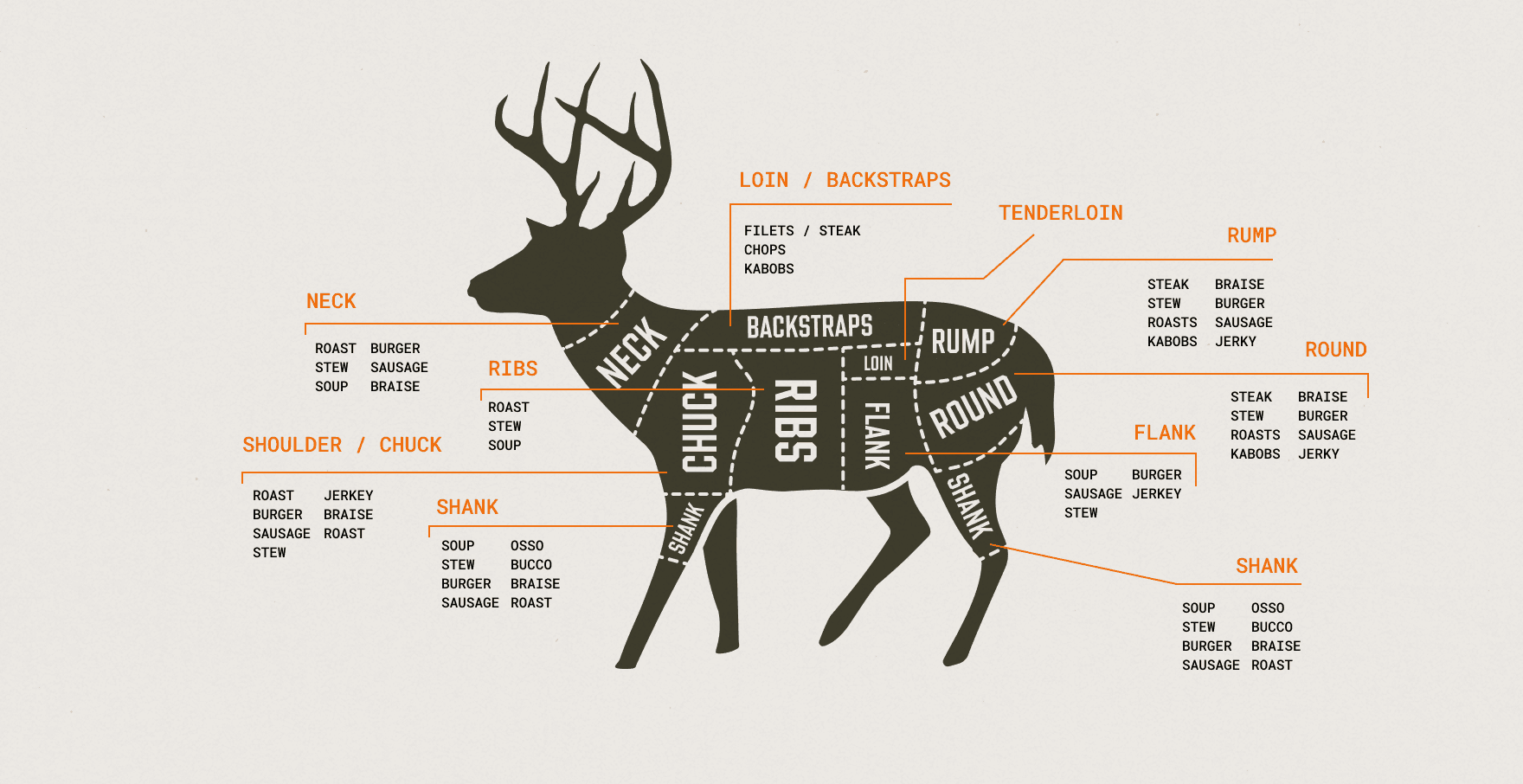
Deer Anatomy: Venison Meat Cuts 101
I'm getting hungry just thinking about venison! Let's walk through the different meet cuts for that big buck you'll bring home this season.
Tenderloin
This little muscle, the filet mignon of a deer, is typically the first cut to be removed. It is exceptionally tender and needs a minimalist approach to preserve its delicate flavor and texture.
Cook with just a sprinkle of salt and pepper and a quick, hot sear. That's it.
Backstrap
The backstrap is the most popular part of the deer, and for good reason. It is flavorful and tender and, in my opinion, also shines best when cooked hot and fast.
Just be careful not to overcook. I like to leave this cut in large pieces and cook to an internal temperature of 125 degrees in a cast iron skillet or over direct flame on the grill, then let it rest for 10 minutes.
The meat will continue to cook as it rests and should peak at a perfect medium rare at 130. Slicing it into medallions with a pan sauce of its own drippings makes for a great presentation.
Flank
This cut is from the belly of the deer and can be tough thanks to a large piece of sinew running from the top to the bottom. It is best used for sausage or ground meat, or if marinated, it can be made into a flank steak.
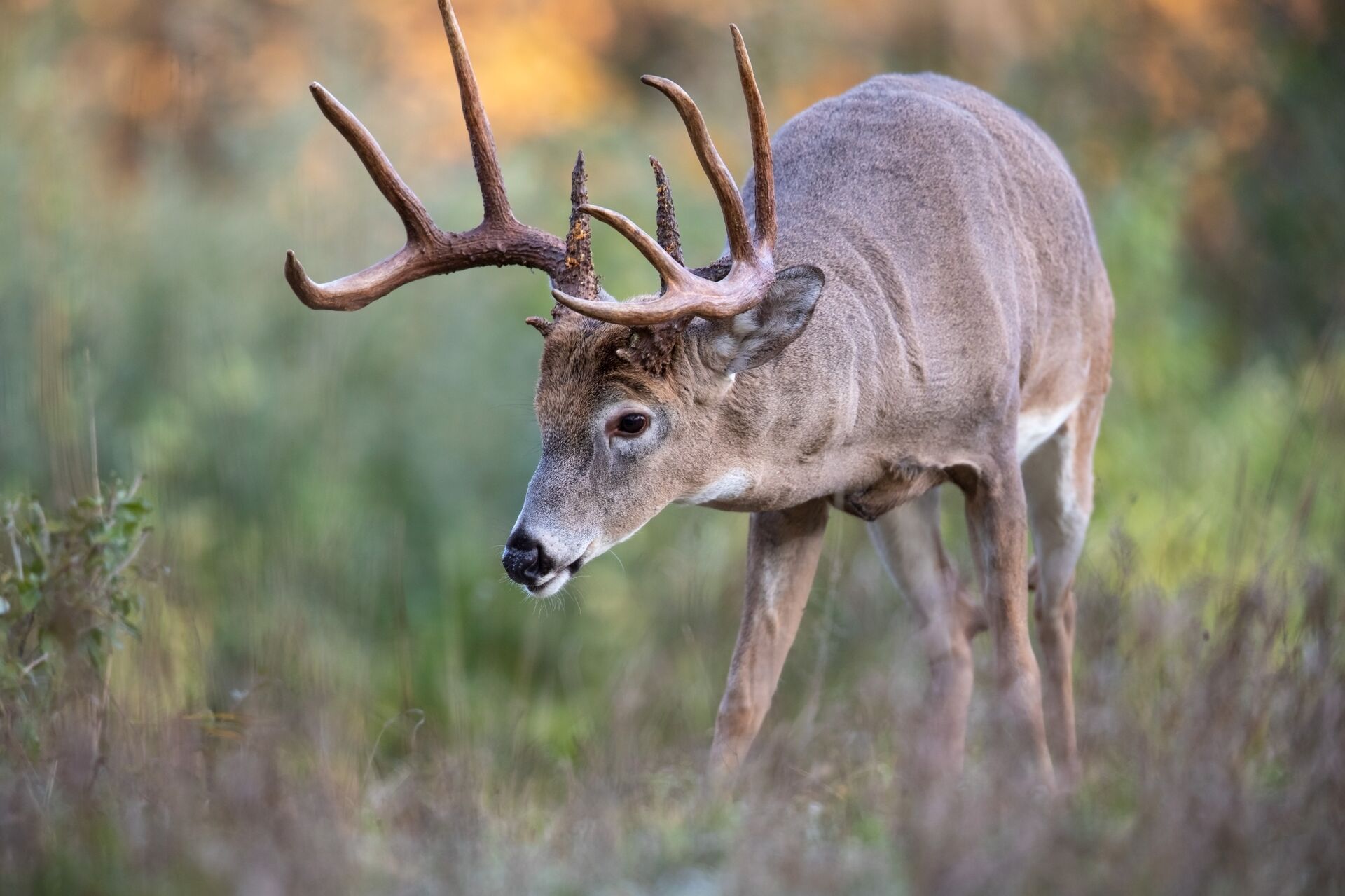
Shoulder
It can take a lot of work to remove all the silver skin required to cut these smaller muscles into steaks. I find these are best smoked or roasted whole on the bone or cut for sausage, burgers, or chili meat.
Hindquarter
This large primal cut offers a lot of options as these are also the largest muscles on the animal.
Using a filet knife, separate the major muscle groups from each other and remove as much silver skin as possible. These can then be sliced into individual steaks, cubed for shish kebabs, or thinly sliced for Asian stir fry or jerky as your next hunting snack.
Shanks
The shank is an underrated cut that works best when braised low and slow in a flavorful liquid.
My preferred use for this cut is to make Osso Bucco using a bone saw or a reciprocating saw with a clean demolition blade to cut the shanks into 2.5- or 3-inch sections. I serve them atop cheesy grits or risotto.
The Neck
Most people will try to cut as much meat off the bone as possible and make stew meat or grind it for sausage, as this cut is awkward and has a lot of connective tissue.
Not me.
This has become one of my favorite and easiest cuts to work with. Leave everything on the bone and put the entire neck in a slow cooker with carrots, onions, and a little red wine or beef stock. The long cooking time allows the collagen to break down and create a velvety pot roast that will rival anything at a restaurant and is sure to become your new favorite meal from your game.
Ribs
Don't leave these to the coyotes and crows!
Ribs can take up a lot of freezer space and can be awkward to package due to their shape, so I like to smoke these while cutting up the rest of the primal cuts into smaller and more usable portions and bagging them for the freezer.
Deer ribs will dry out faster than pork or beef ribs, so I use a water bath in the smoker to keep them moist while they cook and occasionally spritz with apple cider vinegar.
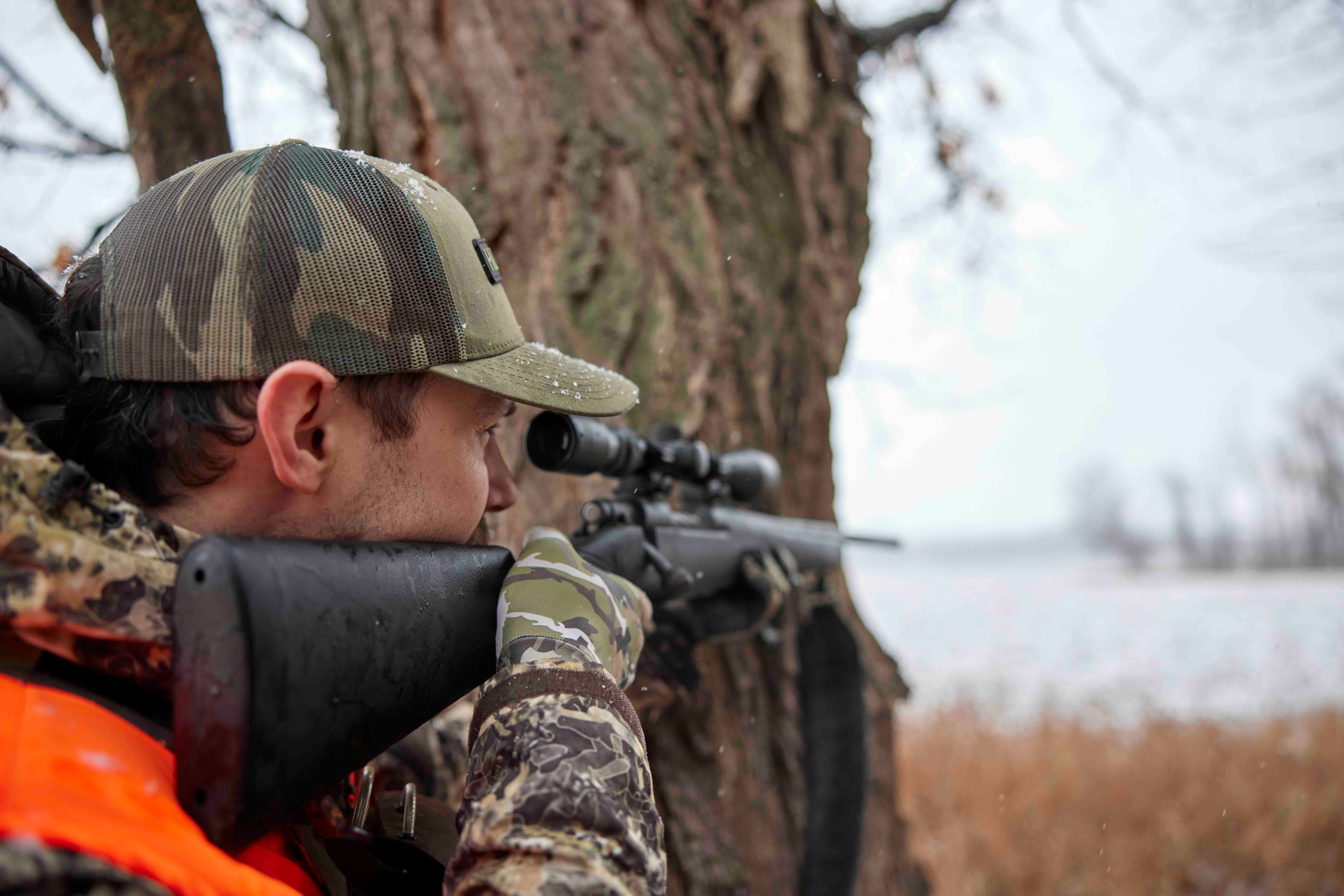
Use HuntWise to Bring Home the Venison This Season
We work hard for our harvests. With the planning, preseason scouting, and work after the kill, it's only right to use as much of the animal as possible.
With a bit of patience and practice, you'll be using your game meat and knife skills to fuel your next adventure.
How can HuntWise help? It's the ultimate hunting tool before your hunt and when in the field.
Optimizing your time in the field means you spend less time "finding" that big buck – giving you more time to butcher and enjoy it after tagging out. With multiple map layers (650, in fact), ideal wind settings, markers, real-time animal and weather predictions, and more features, you will see more success (and more venison) this season.
If you don't have the app, you don't know what you've been missing! Download it today and enjoy every feature – free – for a week.
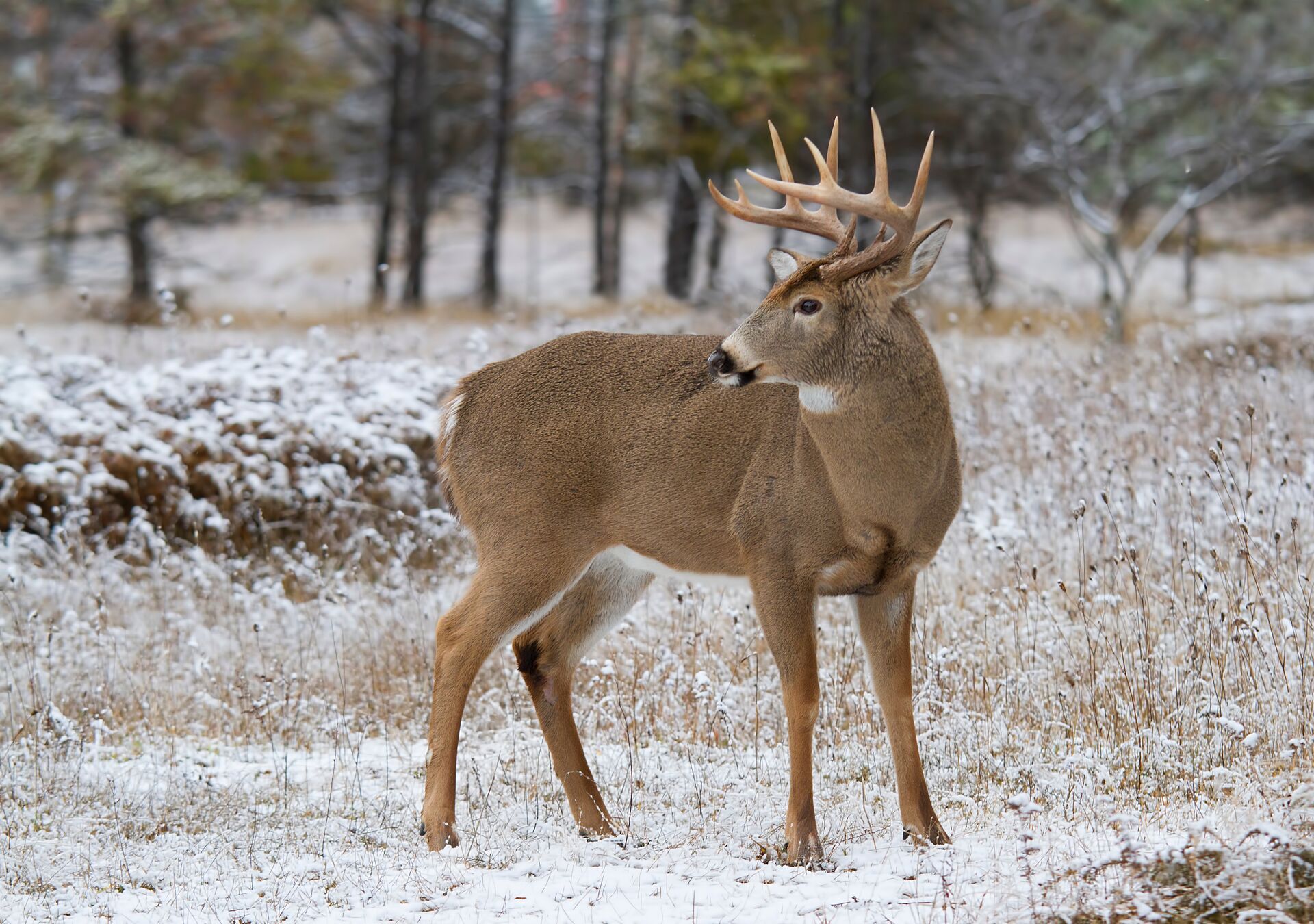
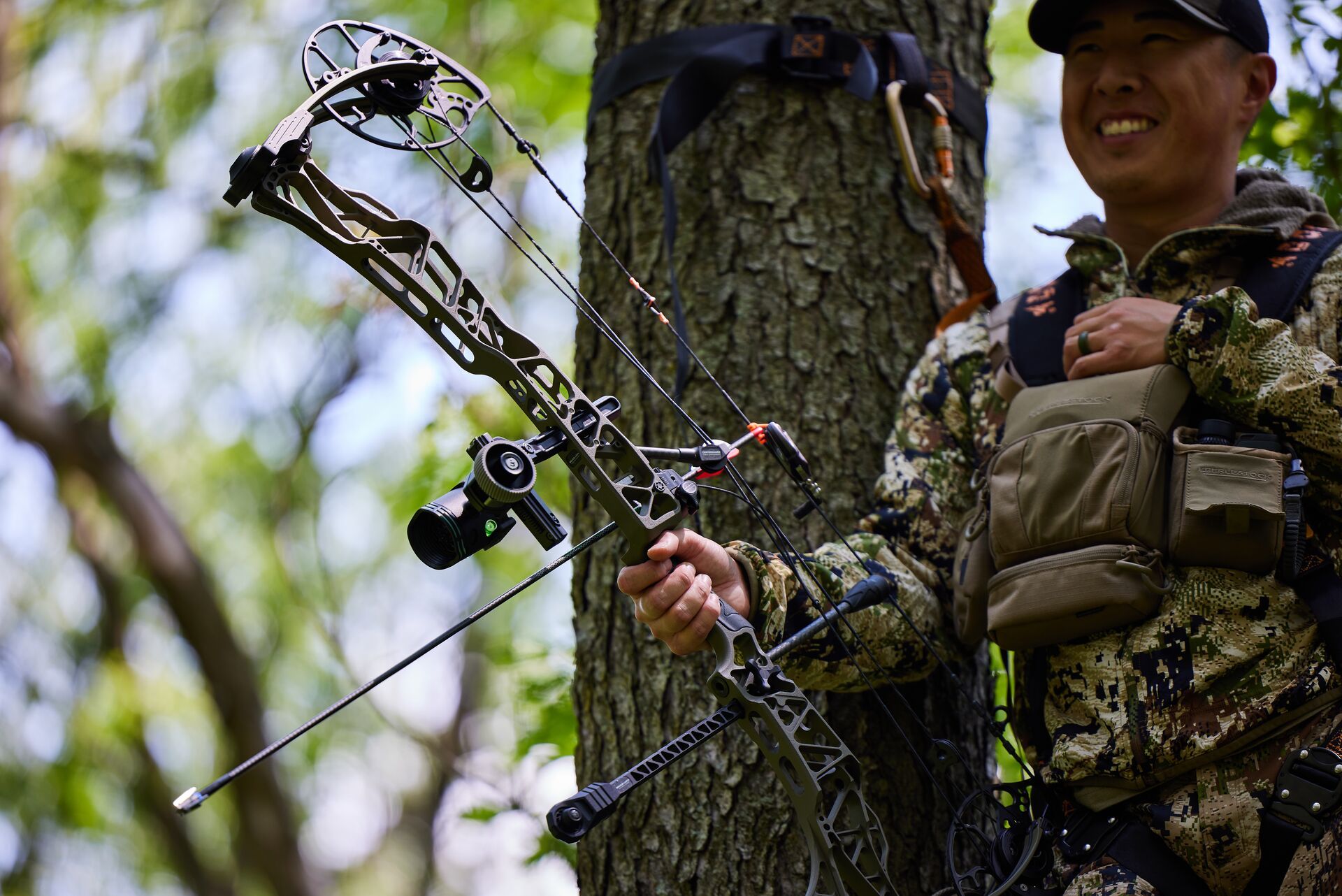
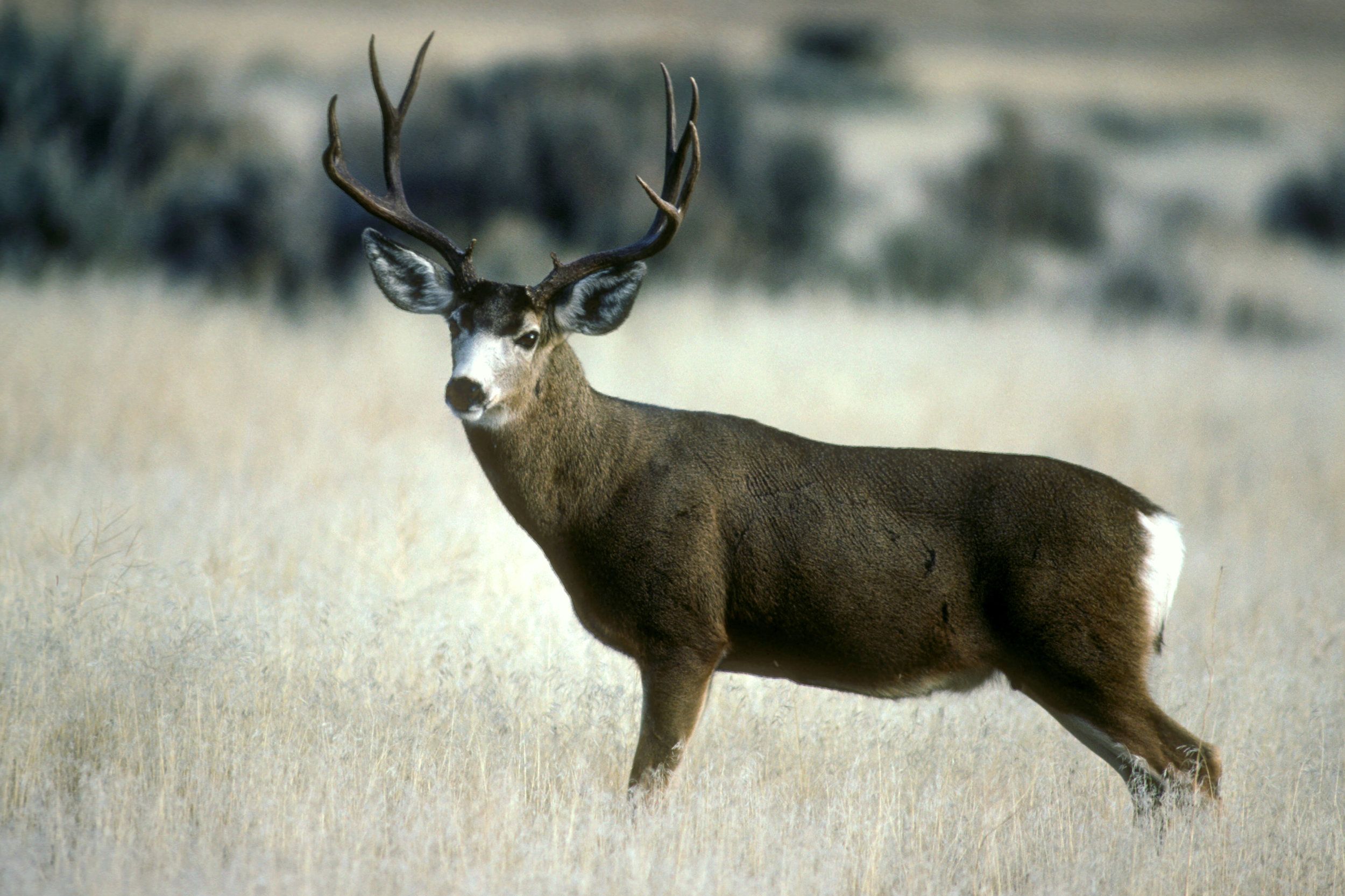 Deer
Deer Deer
Deer Deer
Deer